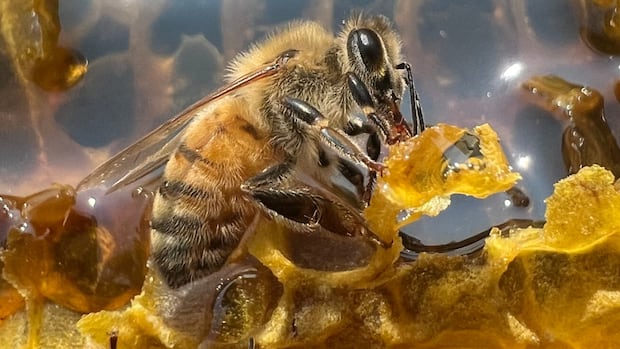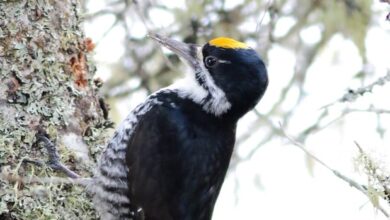‘Prolific’ killer whale matriarch Wake presumed dead after nearly a year without a sighting
An orca matriarch known as “one of the most prolific female killer whales” on record is presumed dead after nearly a year without a sighting on the West Coast, according to B.C. researchers.
T46, also known as Wake, was a transient or Bigg’s killer whale thought to have been born in 1966.
Jared Towers, a research technician with Fisheries and Oceans Canada and executive director of Bay Cetology, said Wake birthed eight calves during her reproductive years. Her daughters gave birth to 15 grandchildren, and her granddaughters had five great-grandchildren.
“Keep in mind, these are only maternal descendants. Any offspring that any of her sons have fathered, we wouldn’t know about because of the social structure in which killer whales live,” Towers told CBC.
“She’s one of the most prolific female killer whales ever known.”
Wake was last spotted on Feb. 20, 2023 near Alert Bay, B.C., an island community off the northeast coast of Vancouver Island. Since then, her family has been seen repeatedly without her.
“We wouldn’t presume her to be dead unless many months had passed and she didn’t show up with her family,” Towers explained.
He added that carcasses of dead whales are located in fewer than five per cent of cases.
Wake was first observed in 1976 when she was captured in Puget Sound with five other orcas by humans who planned to send them to an aquarium. The “Budd Inlet Six” became the subject of public outcry and were later set free, sparking an end to the live capture industry in B.C. and Washington state.
Towers said he was the last person to photograph Wake back in February, and she looked healthy at the time. She was sticking close to another post-reproductive female, known as T36 or Flapjack.
“Sometimes you see older females travelling together,” Towers said. “It was kind of nice to see her and that other old gal hanging out together. I had no idea it was the last time I would see her.”
Bigg’s killer whales feed on marine mammals like seals, sea lions and porpoises, and have been thriving on the West Coast, unlike endangered southern resident killer whales, which depend on dwindling Chinook salmon stocks.
Towers said the Bigg’s population has been growing by about four per cent each year.




